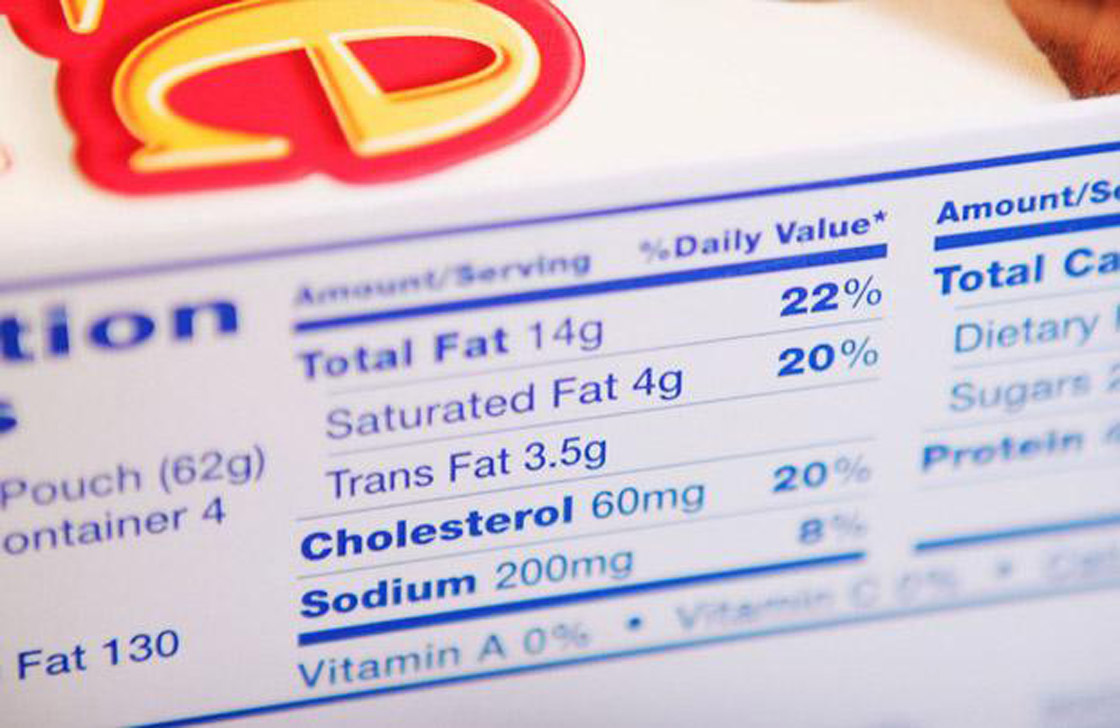TORONTO – Would it be easier for you to read nutrition labels if they displayed the entire packages’ calories, fat and nutritional content instead of just one serving?

The US Federal Drug Administration says consumers are struggling to interpret serving sizes and that this single change could help shoppers understand how much they’re eating.
The findings were released this month as the nutrition facts label marks its 20th anniversary. It was just two decades ago that officials required companies to provide nutritional content on packages.
The current labels identify serving size, the number of servings in the package, the number of calories per serving and the amount of nutrients for each serving of packaged food.
Researchers, however, say that consumers are miscalculating calories once products have two servings. In the end, people are eating these items as single servings.
In their study, researchers made one new label with two columns – one side displayed the product’s entire nutritional content, while the other side showed what was in a single serving.
Another label showed only what was in the entire package while the current per-serving information was also used in a third label.
They tested the efficiency of these labels on 9,000 people online. Four fake products – frozen dinners and bags of chips – were used in the study.
Results showed that consumers best understood the labels that showed the entire package’s nutritional information, from calorie content to percentage of fat.
The lead researchers Amy Lando and Serena Lo, both of the FDA’s Center for Food Safety, say that’s because, for the most part, people aren’t fond of relying on math to understand labels, especially in a grocery store aisle.
“This research is just one step in understanding how some potential food label modifications might help consumers make better decisions,” the researchers said in a statement.
They hope to test their labels in a grocery store setting instead of on a computer screen.
Canadians still baffled by nutritional labels
Meanwhile in Canada, consumers aren’t faring any better, according to a Health Canada report.
Even with public education campaigns, only about one-third of Canadians say they can easily understand nutritional tables.
Less than two in 10 people found the labels easy to use when comparing products.
Sound off: Do you think food labels should change so they reflect a product’s entire nutritional value? Tell us what you think on Facebook.


Comments